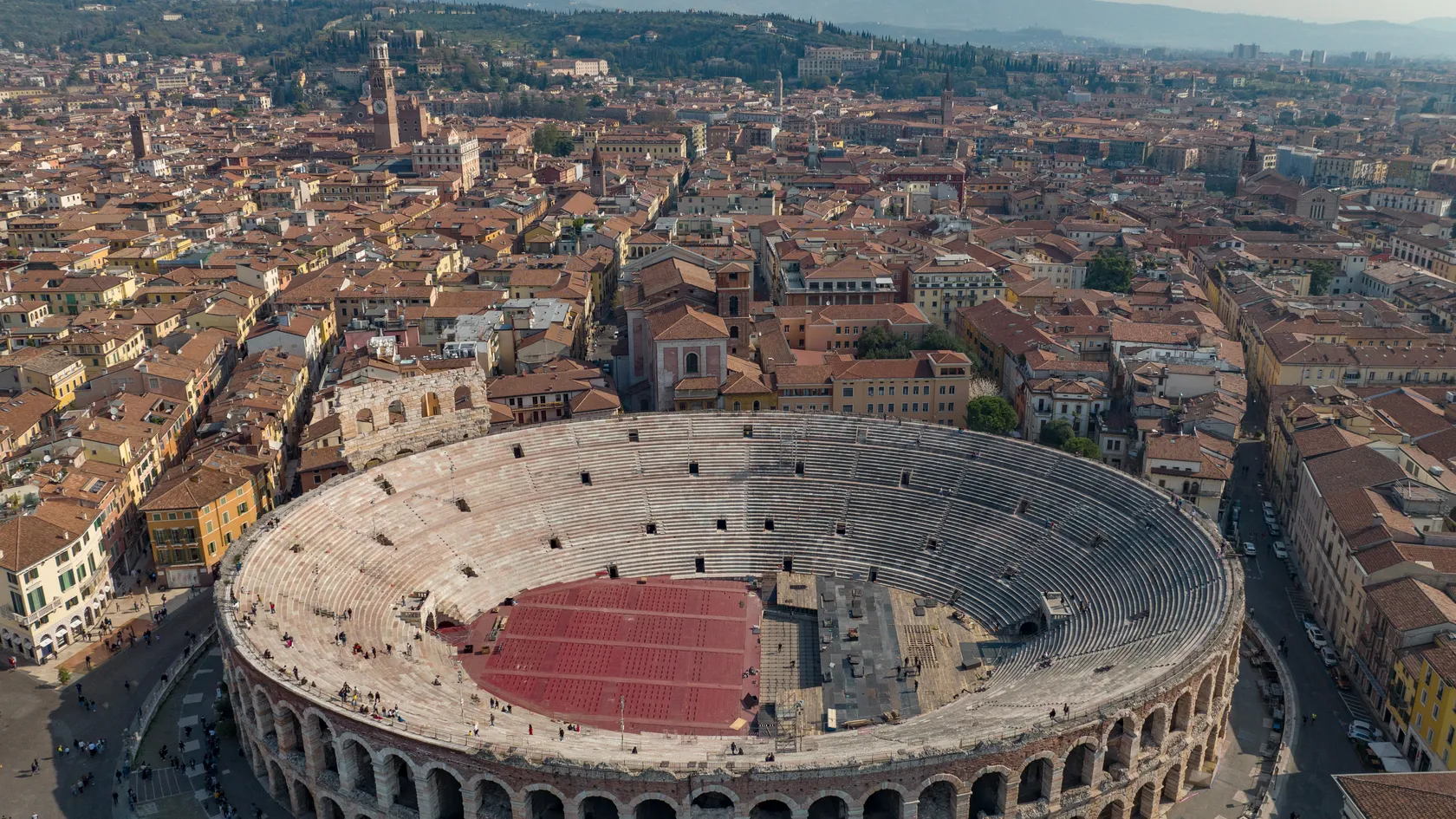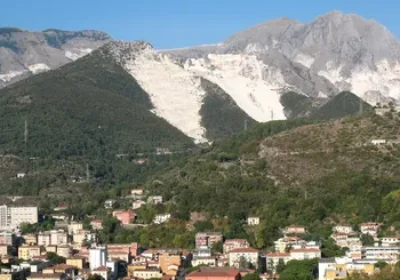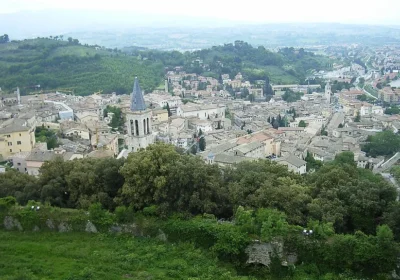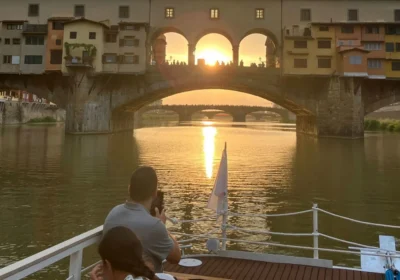The ancient Roman city of Verona:
The exact date of the founding of the settlement on the site of modern Verona is not known. It may have been an Etruscan or Euganean village. What is known for certain is that in 89 BC. Verona became a Roman colony. The period after the collapse of the Roman Empire (V-VII century) was quite eventful. However, traces of the Roman Empire are still there, you can see them with your own eyes:
The Arena Amphitheatre is Verona’s main attraction and one of the largest amphitheatres ever built by the Romans. The arena was built in the 1st century for gladiatorial fights. Much of the outer ring of the amphitheatre was damaged in the earthquake of 1117, but the inner part is not badly preserved;
The triumphal arch of Gavi, under which the Postumia road passes, is the oldest in northern Italy, with chariot tracks;
The Roman fortification wall of the 3rd century AD. – was an important defensive curtain wall equipped with numerous towers and monumental gates, built in several successive phases of construction. The first phase of construction began around the second half of the first century BC, Today only a few archaeological ruins remain of the walls, while the two main entrances, Porta Borsari and Porta Leoni, are better preserved;
The Porta Borsari is an ancient Roman gate that served as the entrance gate to the city of Verona. It is a three-tiered white stone structure built in the 1st century AD, and still impresses with its preservation;
Porta Leoni – the original name of the gate is still a mystery, in the Middle Ages it was called Porta San Fermo, and got its present name from the sculptures of lions that decorated the tympanum of the tomb next to it. The Porta Leoni gate adjoins a brick wall, which is a fragment of an ancient Roman gate from the 1st century BC;
Statue of the Madonna of Verona – Fountain of the Verona Madonna. It is considered one of the oldest not only in Verona, but in all of Italy: it was built in 1368. Ancient artefacts were used in the construction of the fountain. The figure of the Madonna is a surviving statue from the Roman Capitol, which was slightly altered by a local sculptor;
Marble Roman roads in the city centre (the only example in northern Italy of a marble road from that era);
The ancient Roman stone bridge is an arched bridge over the Adige River. The bridge was built around 89 B.C. It was originally called the Marmoreus Bridge, and later after rebuilds it received its current name;
The theatre of the 1st century B.C. – It is one of the best preserved theatres in northern Italy;
The Archaeological Museum on the Hill – opened in 1923 in the premises of the old monastery of St. Gerolamo, on a hill with a wonderful view of the stone bridge and the town. The museum exhibits finds from all over Verona and surrounding areas: mosaics, statues, tablets, ceramic, glass and bronze objects;
Optionally, lunch in a restaurant where the ruins of ancient Roman buildings (now the restaurant’s wine cellar) have been preserved.

















